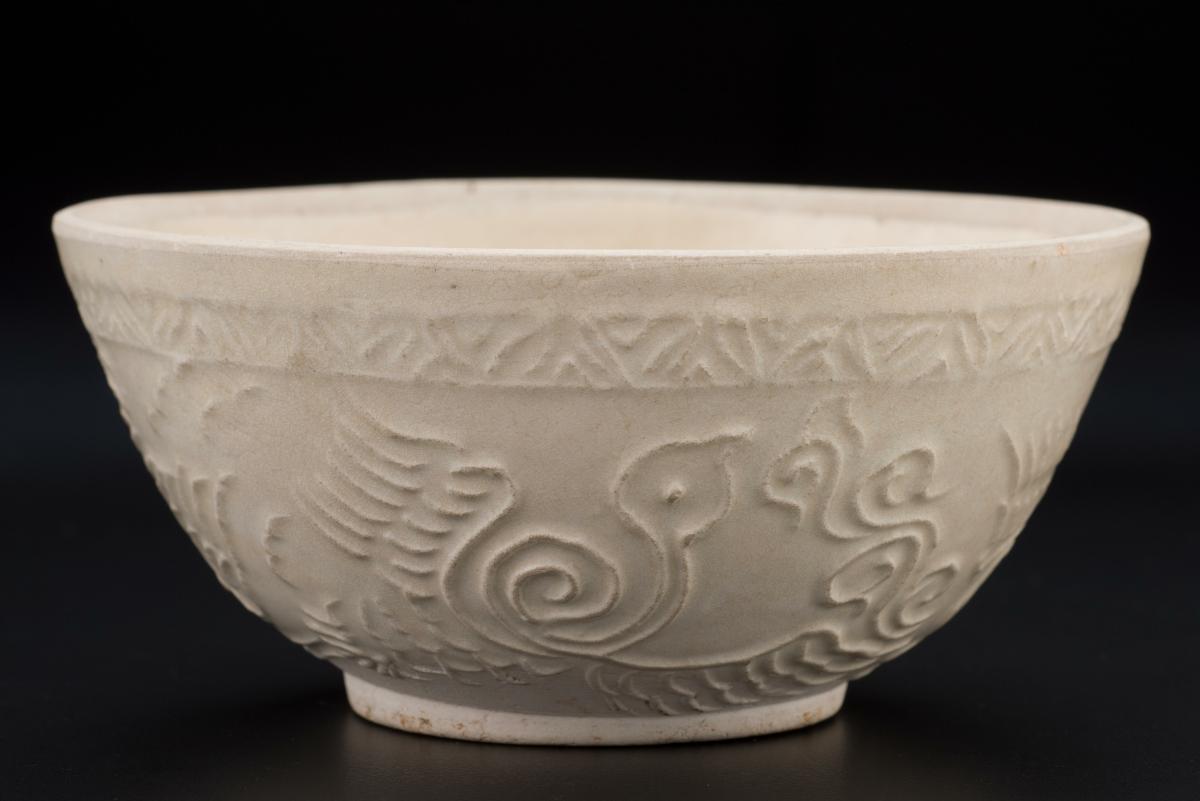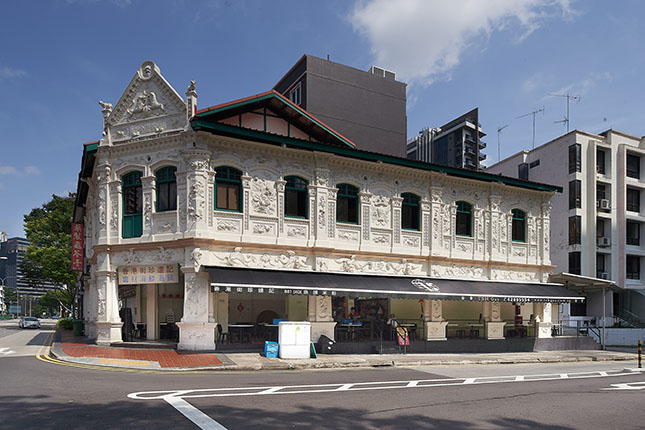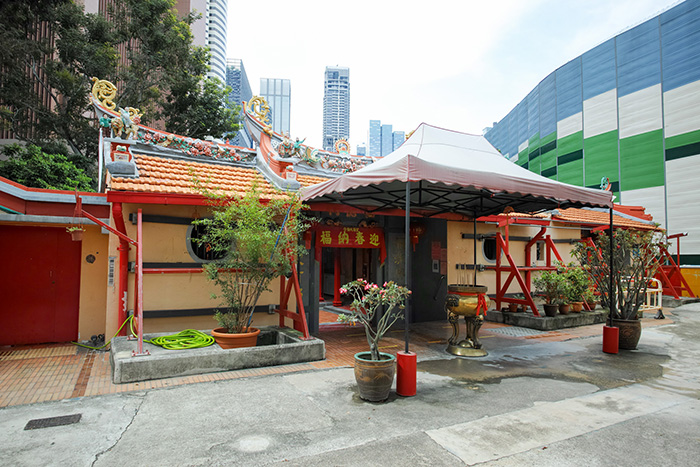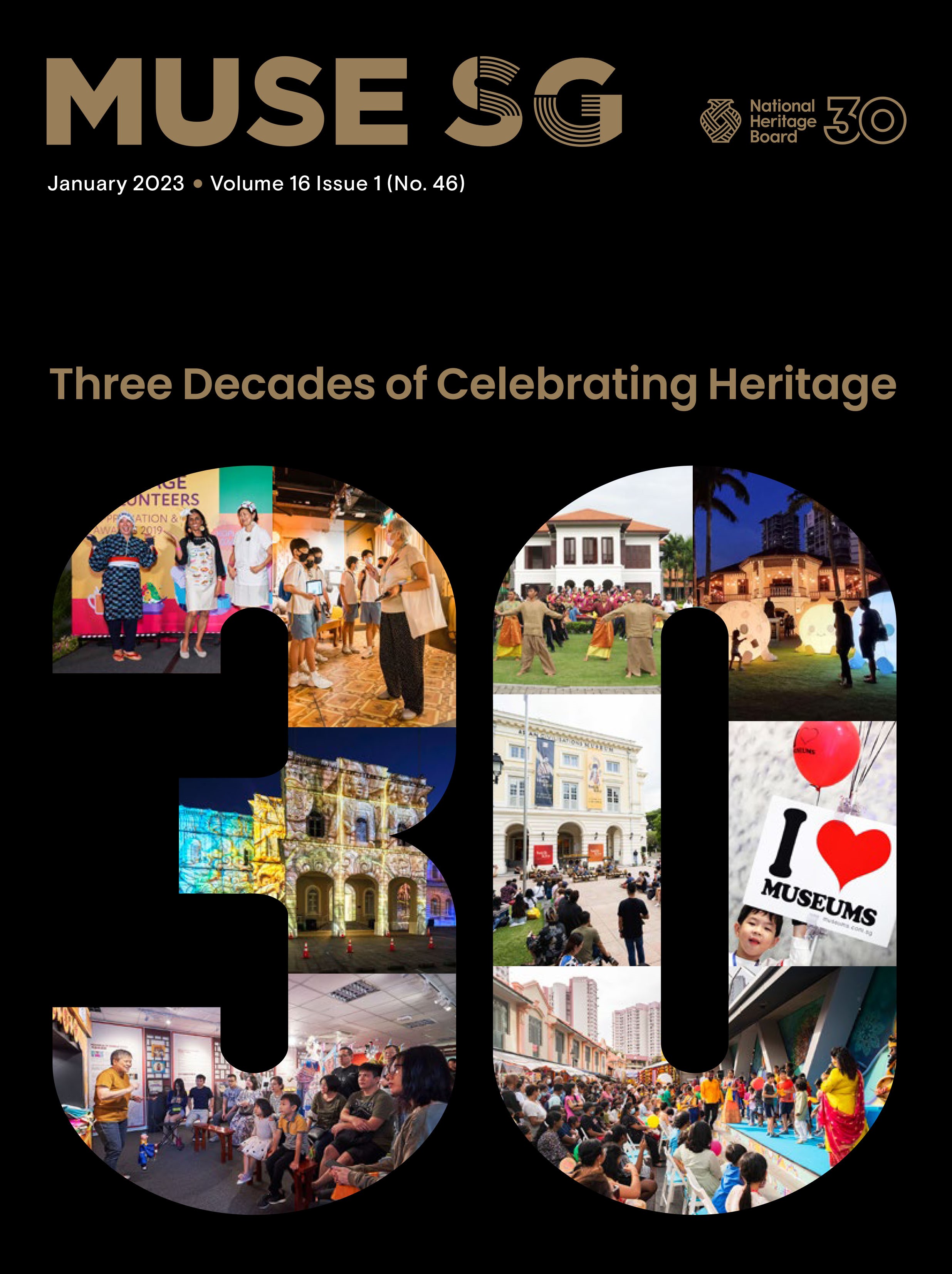This Dehua porcelain bowl has an unglazed base. Moulded relief decoration on the exterior includes a minor band of chevrons below the rim and four phoenixes. Moulded wares such as this piece were popular export items during the Yuan dynasty (1279–1368). They have been found in the Philippines, along with jarlets, ewers, kendi and covered boxes made at Dehua. They represent an intermediary phase between the early bluish whitewares made at Fujian kilns during the Southern Song dynasty (1127-1279) and the superb ivory-glazed wares that had matured at Dehua by the late 15th or early 16th century. The unique glaze tone was due to the firing of porcelain stone with reduced levels of iron oxide in oxidised (with oxygen) firings.Dehua, located on the southeast coast of Fujian province, is well known for its production of white porcelain, known to Europeans as 'blanc de Chine'. The earliest Dehua porcelain was produced as early as the 14th century but the production and quality of these porcelain peaked around the 17th and 18th centuries.


















